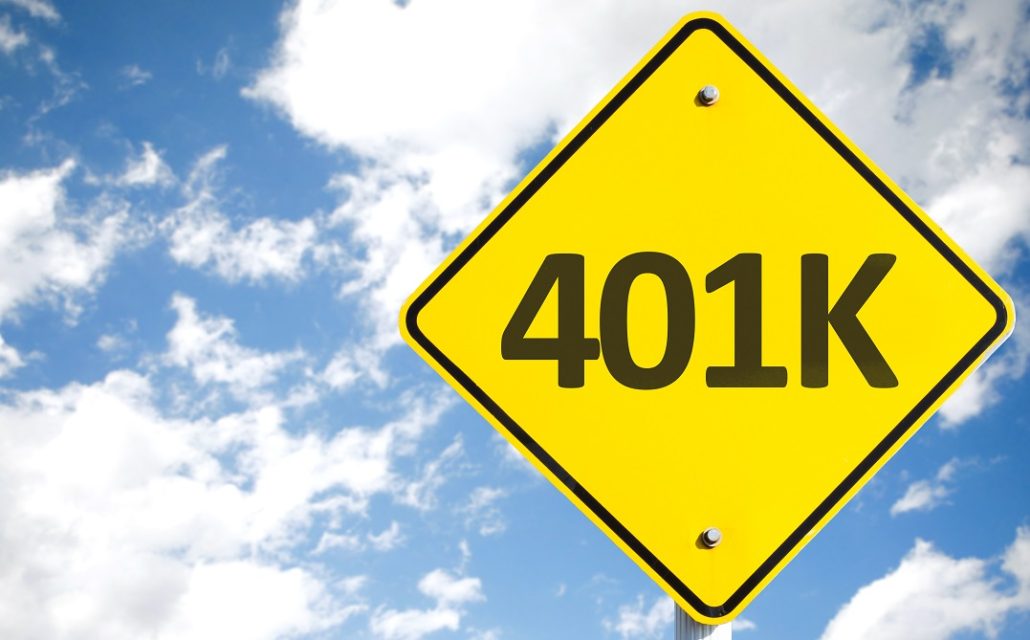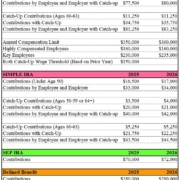Top 10 Most Frequently Asked Questions About In-Plan Roth Conversions – Part 2

Money Matters – Skloff Financial Group Question of the Month – August 1, 2022
By Aaron Skloff, AIF, CFA, MBA
Q: What are the top 10 most frequently asked questions about in-plan Roth conversions – Part 2?
The Problem – A Lack of Tax-Free Income in Retirement
Many retirees are faced with the unexpected curse of high taxable income and high taxes in retirement. Why is it a curse? Because high taxable income results in high tax backets and high Medicare premiums for married couples, and even higher tax brackets and Medicare premiums for single filers and widows/widowers.
The Solution – In-Plan Roth Conversions
In-plan Roth conversions (i.e.: pre-tax contributions/earnings and/or after-tax contributions/earnings), like Roth IRA conversions, allow you to convert taxable assets into tax-free assets. If in-plan Roth conversions are completed in lower income years, the additional income on the amount converted may not alter your income tax bracket. If conversions are completed more than two years before starting Medicare, your income from that year’s conversion will not be used to determine your Medicare premiums. Withdrawals from Roth accounts, such as a Roth 401(k) or Roth IRA, are tax free. They are an ideal source of tax-free income in retirement. Here are the top 10 most frequently asked questions and answers about in-plan Roth conversions. Part 1 of this article covers 1-5, Part 2 covers 6-10.
Have Your 401(k), 403(b), 457(b) Account Professionally Managed
6. Can after-tax contributions be converted? Yes. After tax contributions can be converted. The principal would be converted tax free, while gains would be subject to income taxes. Net unrealized appreciation (NUA) should be considered. You can rollover the principal of your contributions to a Roth IRA and the gains to an IRA, to defer income taxes. This creates a Jumbo Roth IRA.
7. Should you avoid conversions during weak financial markets? No. Weak financial markets can be an ideal time to complete conversions. You can convert depressed assets, with the opportunity to convert unlimited gains into tax free withdrawals. Oftentimes, financial market weakness occurs during weak economic periods. During weak economic periods, your income may be lower (due to less overtime, low bonuses, low commissions, etc.) – reducing your income tax bracket.
For example: Let’s say over time you purchased 1,000 shares of a stock with an average cost per share of $100 per, or a $100,000 cost basis. Due to market weakness, the shares trade down to $40 per share, or a $40,000 fair market value. If you convert all 1,000 shares, you will pay income taxes on the $40,000 conversion. As the market recovers, the shares trade for $200, or a fair market value of $200,000. If you were to withdraw all 1,000 shares, your entire $200,000 withdrawal would be tax free.
For comparison: If you simply withdraw all 1,000 shares, without having completed a conversion, your entire $200,000 withdrawal will be taxed as income, likely pushing you into a higher tax bracket.
8. Is there a waiting period on withdrawals of in-plan converted assets? No. But, withdrawals from your retirement plan are based on the rules of your plan’s plan document. If you withdraw converted assets within five years of the conversion, you would be subject to a 10% federal penalty tax on the portion of the withdrawal attributable to the conversion (‘five-year conversion rule’). In addition, you may also be subject income tax on the portion of the withdrawal that represents Roth earnings, unless you are age 59½ or older.
9. Is there a solution to the waiting period on withdrawals of in-plan converted assets? Yes. If you rollover your in-plan Roth assets into your Roth IRA and it has been five years or more since your first Roth IRA contribution, you can withdraw assets from your Roth IRA on a tax free basis. But, withdrawals of earnings from your Roth IRA are subject a 10% federal penalty tax and income taxes, if completed before age 59 ½.
10. Can a conversion affect your Medicare premiums? Yes. Medicare Part B premiums are based on your modified adjusted gross income (MAGI) reported on your IRS tax return from two years ago. This is the most recent tax return information provided to Social Security by the IRS. At lower MAGI levels, you pay a base premium. The higher your MAGI, the higher your incremental premium. This incremental premium or ‘penalty’ is called an Income Related Monthly Adjustment Amount (IRMAA). While conversions are included in your MAGI, post-conversion tax free withdrawals from retirement plans and Roth IRAs are not included in your MAGI. Thus, you are not penalized by IRMAA on your premiums.
Action Steps – Complete In-Plan Roth Conversions to Create Tax-Free Income in Retirement and Protect Your Heirs
Work closely with your Registered Investment Adviser (RIA) to reduce your taxes, and grow and preserve your wealth.
Aaron Skloff, Accredited Investment Fiduciary (AIF), Chartered Financial Analyst (CFA), Master of Business Administration (MBA) is CEO of Skloff Financial Group, a Registered Investment Advisory firm specializing in financial planning, investment management and benefits for small to middle sized companies. He can be contacted at www.skloff.com or 908-464-3060.
Have Your 401(k), 403(b), 457(b) Account Professionally Managed












